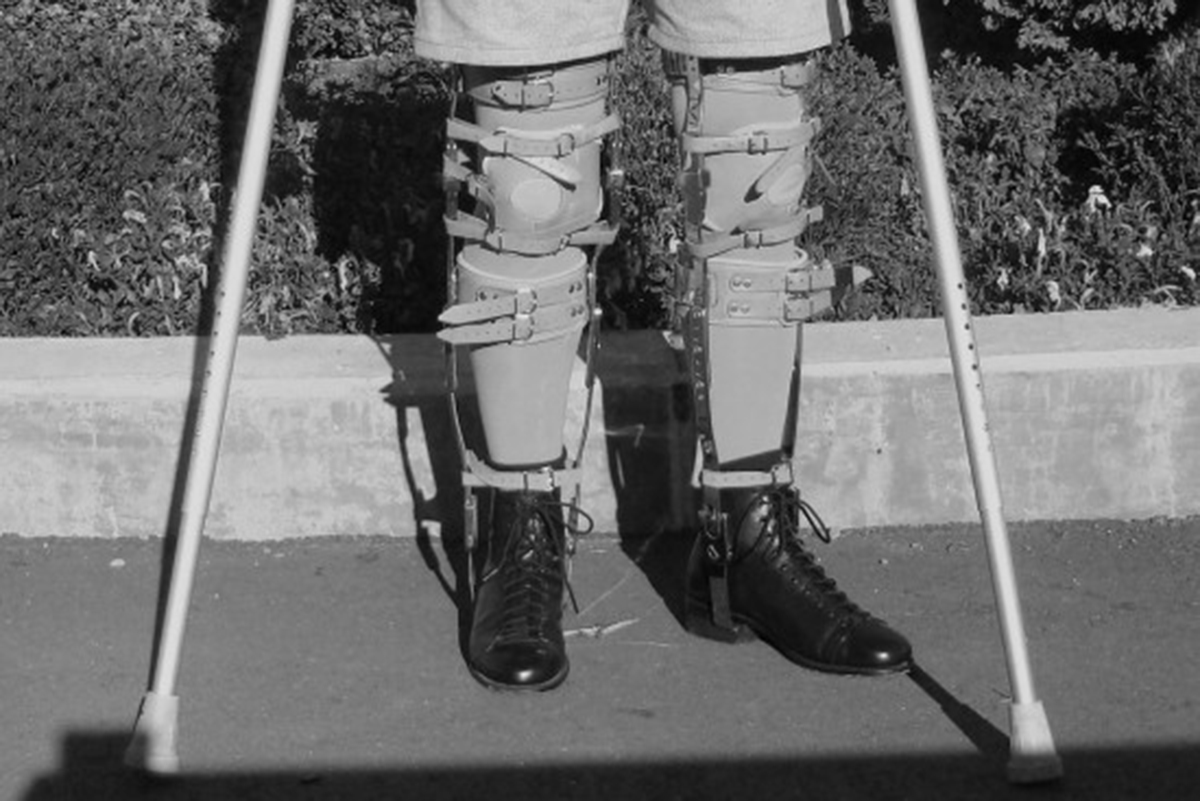Table of Contents
Most common risk factors of developing this serious infection are:
- Travelling to an area where polio is endemic.
- Living with or caring for someone who may be shedding wild poliovirus.
- Handling laboratory specimens that contain the virus.
- A compromised immune system, such as those occuring with the HIV infection, can make one more prone to all kinds of infections, including poliomyelitis.
- Mouth, nose, or throat trauma, such as dental surgery or a tonsillectomy.
- Extreme stress or strenuous physical activity after being exposed to the virus.

Diagnosis of poliomyelitis
There are several very effective diagnostic tools for an accurate diagnosis of poliomyelitis. Some of the most common are:
Complete medical history and physical examination
This should be the first step of poliomyelitis diagnosis
Cultures of the throat, urine, and stool
These specimens are grown on a special medium and checked for the presence of the poliovirus.
Lumbar puncture
This diagnostic tool has become routine. A special needle is placed onto the lower back and thrust into the spinal canal. A small amount of cerebral spinal fluid is removed and sent for testing to determine whether there is an infection or other problems.
Possible complications of poliomyelitis
Besides the temporary or permanent muscle paralysis, the poliovirus can cause several other complications such as:
Pulmonary edema
This potentially life-threatening condition occurs when increased pressure in lung blood vessels forces fluid into the air sacs, filling the lungs with fluid.
Aspiration pneumonia
This inflammation occurs following the inhalation of foreign material.
Urinary tract infections
These infections usually begin when bacteria enter the bladder through the urinary tract.
Intestinal obstruction
This is a partial or complete blockage of bowels that prevents food from moving through the intestinal tract.
Myocarditis
This infection involves the muscular layer of the heart becoming inflamed, leading to chest pain, an abnormal heartbeat, or congestive heart failure
Cor pulmonale
This condition occurs when the right side of heart can't pump hard enough to compete with the lungs' increased blood pressure.
- en.wikipedia.org/wiki/Poliomyelitis
- www.emedicine.com
- www.schneiderchildrenshospital.org
- Photo courtesy of ray3578 by Flickr : www.flickr.com/photos/12526838@N04/10841288593/


Your thoughts on this